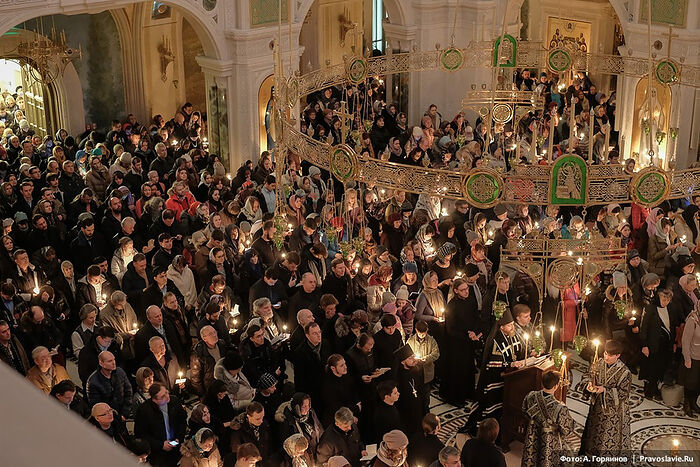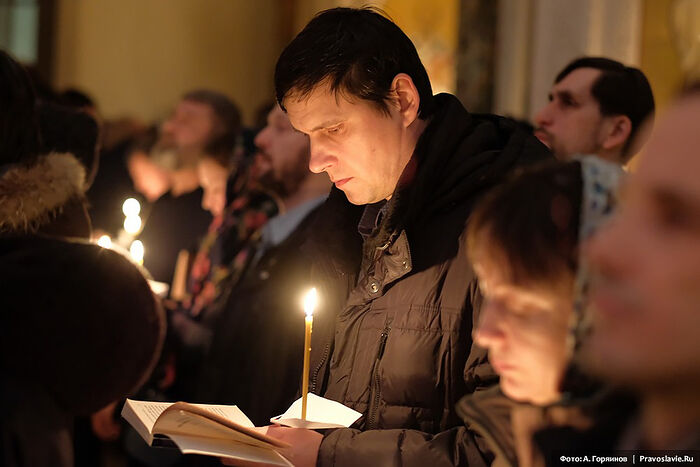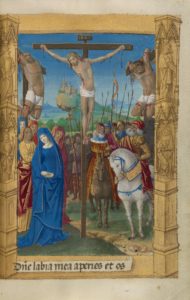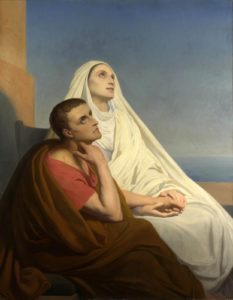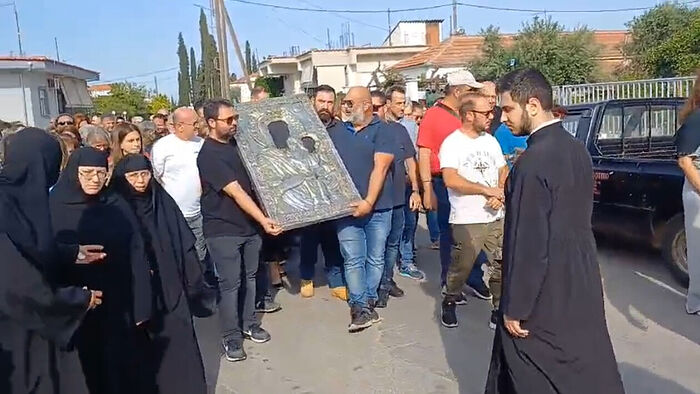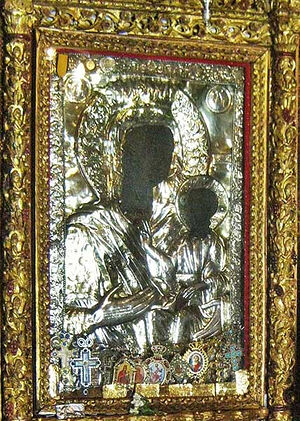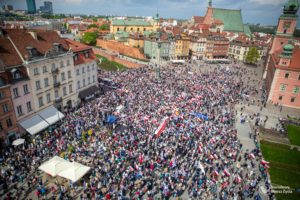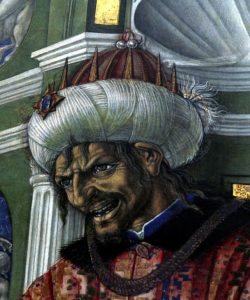Catholics who worship at parishes in Baltimore City have the opportunity to weigh in on the proposal for Seek the City, the archdiocesan process underway for nearly two years to change the footprint of physical locations in the city while emphasizing a Eucharistic vision and a renewed vision for the city church in Baltimore.
Geri Royale Byrd, director of the Seek the City to Come process, said the team and consultants are still listening, still taking feedback. “Seek the City to Come” is based on Heb 13:14: “For here we have no lasting city, but we seek the one that is to come.”
The Archdiocese of Baltimore follows other dioceses around the country that have looked at the number of parish sites in light of changing demographics, and the human and capital resources to continue ministering effectively.
Priests from the 61 parishes at 59 worship sites in the study area — all of Baltimore City and some close-in parishes in Baltimore County — were briefed on the latest proposal April 9, moving the process from the draft stage to a time for recommendations to Archbishop William E. Lori.
Seek the City organizers have pointed out that there are far more seats available in the pews in the city than people attending Mass, and there are more funerals than baptisms. “It’s getting progressively harder to do more with less,” and still be realistic, Byrd said.
The latest iteration envisions 21 parishes at 26 worship sites.
Pastors were to present the proposed map to their parishioners the weekend of April 13-14, with a special attention to explaining the impact of the proposal on their specific location.
The most important opportunities for parishioners and the general public to provide feedback will come in four upcoming open, prayerful public sessions in late April, including one in Spanish. A teleconference option will be available for those who cannot attend in person. Comments also can be submitted to [email protected].
“Archbishop Lori will reflect on all the feedback that is received, and consult with the archdiocesan leadership before releasing the final recommendations in June,” Byrd told the Catholic Review, Baltimore’s archdiocesan news outlet. The consultative bodies include the auxiliary bishops, the priests’ council, the college of consultors, the Board of Financial Administration and the Archdiocesan Pastoral Council.
The final plan will be released in mid-June.
“The biggest question as we look at the proposal is to say, does the model move us toward our Eucharistic vision? Does it get us closer?” Byrd said. “Every recommendation, every suggestion, all feedback will be considered, but not all will be incorporated.”
The proposal “is a product of consolidated synthesized information from parishioners, leaders, priests, Catholic Center personnel and our consultants at Ayers Saint Gross,” she said.
Since the process began in the fall of 2022, thousands of people have provided input at parish site visitations and a number of open prayerful meetings — through first a listening phase, moving to vision and then discernment. In March, four sites hosted prayer services for a Lenten pilgrimage. Byrd said there is a strong focus on input from the ground up.
With the goal of moving toward viability and vitality of ministry and service in the city, the process was aided by data, but not exclusively. “This mission has utilized data, but it is not a data-driven process. You’re talking about going from maintenance to mission,” Byrd said.
The proposal envisions newly formed parishes created by the mergers of existing parishes, so on the proposal, the parishes do not have names, but geographic designations, such as “Bayview” or “West Baltimore Parish.”
Two personal parishes have been designated, without territorial boundaries: St. Alphonsus Liguori, where the traditional Latin Mass is offered, entrusted to the Priestly Fraternity of St. Peter; and St. Ignatius, staffed by the Jesuits, providing a number of ministries based out of the church, Including a school for young children.
The new parishes generally utilize one of three models, or a hybrid:
— The “mosaic parish,” a medium or large campus as a “one-stop shop” for parish and community needs. The model should have at least 700 individual attendees at Mass each weekend and at least 50 baptisms or converts each year, among other metrics. It might require a new campus, rather than adapting a current site.
— The “radiating parish,” which reaches out to the broader Catholic community through a series of affiliated ministry sites. The model envisions at least 500 individual attendees at Mass each weekend and at least 35 baptisms or converts each year.
— The “Catholic commons,” which would be based in a community center that can provide different ministries, be a meeting place for the community and provide Mass, likely in a nontraditional facility.
No pastors or personnel have been assigned to any of the draft parish configurations, Byrd said. Final parish boundaries have not been discussed.
The implementation process, which will begin after the plan is finalized in June, will last six to 12 months or more, depending on the needs of the parish and its people. Along the way, support will be provided by staff from human resources, finance, real estate, clergy personnel and Institute for Evangelization teams from the Catholic Center to assist and accompany current employees and parish leaders.
The mergers also may require new or modified facilities, Byrd said, noting that a merged parish may eventually decide to close and sell locations that will not be used for worship or other ministries.
“All operating Catholic schools on campuses included in the proposal and even after final decisions are made, will remain open. Schools are not part of this process, and no schools will be affected,” she said.
A parish not designated as a worship site will not celebrate weekly or daily Mass, but will remain available for baptisms, weddings or funerals, until further decisions are made, she said.
“That’s something that is going to be part of that collaborative effort, obviously with the pastor and those parishioners,” Byrd said.
Deacon Steve Sarnecki, who was recently assigned to the Catholic Community of South Baltimore, said March 22 he hopes “we can be Catholic in this archdiocese, not just parochial.”
“As parishes merge, they need to come together. Identity is part of that,” he said, noting that it would be good for all the newly merged parish entities to take on new names to even the playing field for all the parishioners. “Everyone will sacrifice … to reconstitute and rejuvenate the community.”
At the March 12 draft modeling session, Danise Jones-Dorsey, a member of St. Gregory the Great Parish in West Baltimore, said she thinks people understand the need for changes in the structure of the parishes in the city. “This is a bottom-up approach. No matter what the final decision, we Catholics in the pews own this. I absolutely believe our voice has been heard,” Jones-Dorsey said.
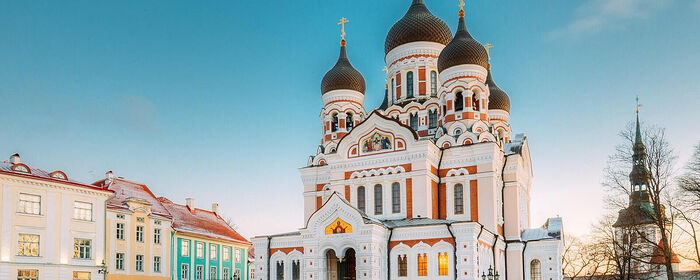
 Metropolitan Evgeny forced to leave EstoniaHis Eminence Metropolitan Evgeny of Tallinn and All Estonia was forced to leave the country today after the authorities refused to renew his residence permit.
Metropolitan Evgeny forced to leave EstoniaHis Eminence Metropolitan Evgeny of Tallinn and All Estonia was forced to leave the country today after the authorities refused to renew his residence permit.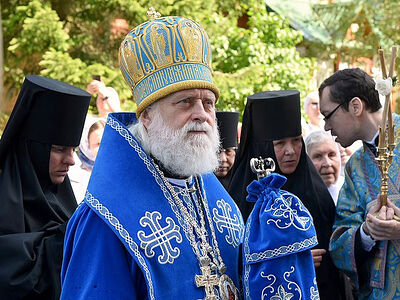 Metropolitan of Estonia distances himself from Patriarch’s homily about forgiveness of sins for soldiersHis Eminence Metropolitan Evgeny of Tallinn and All Estonia also reminds of the several calls for peace that have already come from the EOC Synod and hierarchs and of all the humanitarian work undertaken by EOC churches and parishioners to help Ukrainian refugees.
Metropolitan of Estonia distances himself from Patriarch’s homily about forgiveness of sins for soldiersHis Eminence Metropolitan Evgeny of Tallinn and All Estonia also reminds of the several calls for peace that have already come from the EOC Synod and hierarchs and of all the humanitarian work undertaken by EOC churches and parishioners to help Ukrainian refugees.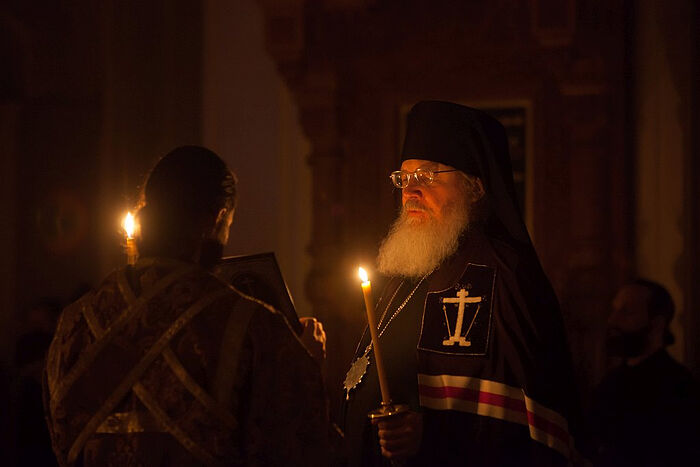
 The Great Canon of St. Andrew of Crete. Thursday of the First WeekI fall prostrate before Thee, O Jesus. I have sinned against Thee, be merciful to me. Take from me the heavy yoke of sin, and in Thy compassion grant me tears of compunction.
The Great Canon of St. Andrew of Crete. Thursday of the First WeekI fall prostrate before Thee, O Jesus. I have sinned against Thee, be merciful to me. Take from me the heavy yoke of sin, and in Thy compassion grant me tears of compunction. Venerable Mary of EgyptCovered by the cloak, the ascetic turned to Zosimas: “Why do you want to speak with me, a sinful woman? What did you wish to learn from me, you who have not shrunk from such great labors?””>Life of St. Mary of Egypt is joined to it.
Venerable Mary of EgyptCovered by the cloak, the ascetic turned to Zosimas: “Why do you want to speak with me, a sinful woman? What did you wish to learn from me, you who have not shrunk from such great labors?””>Life of St. Mary of Egypt is joined to it. 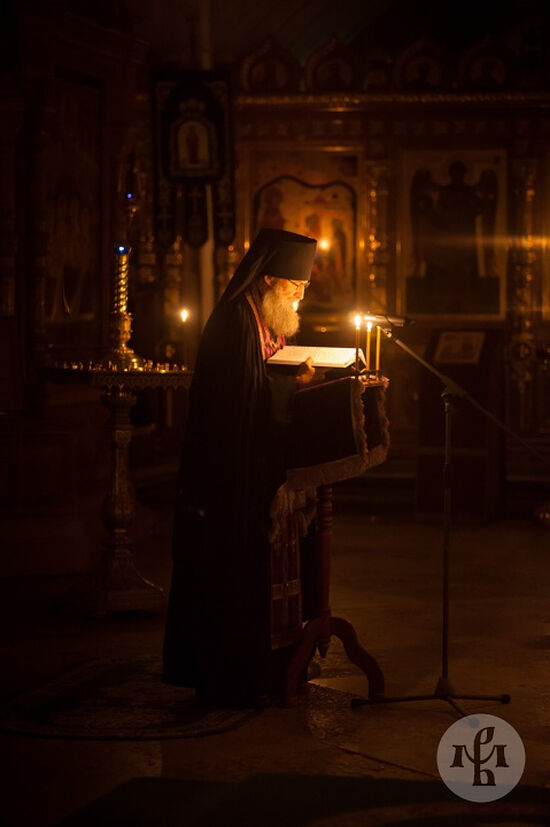
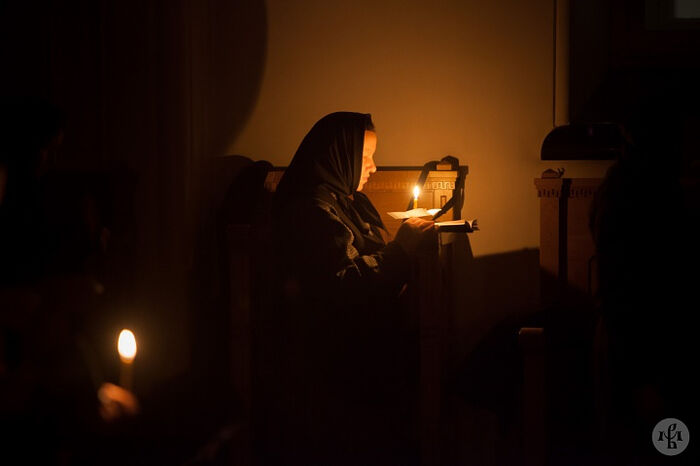
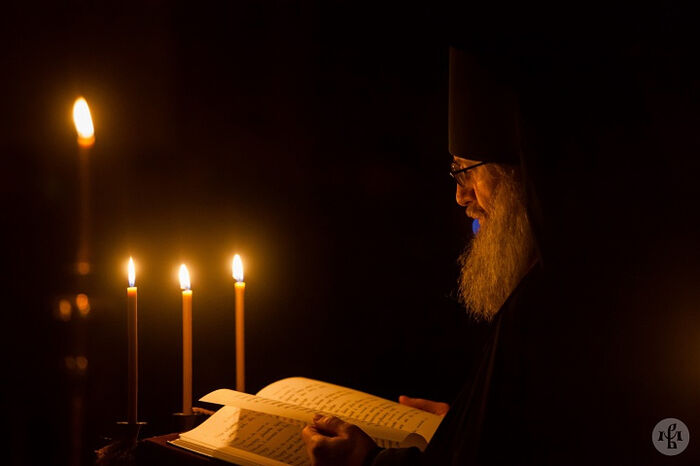
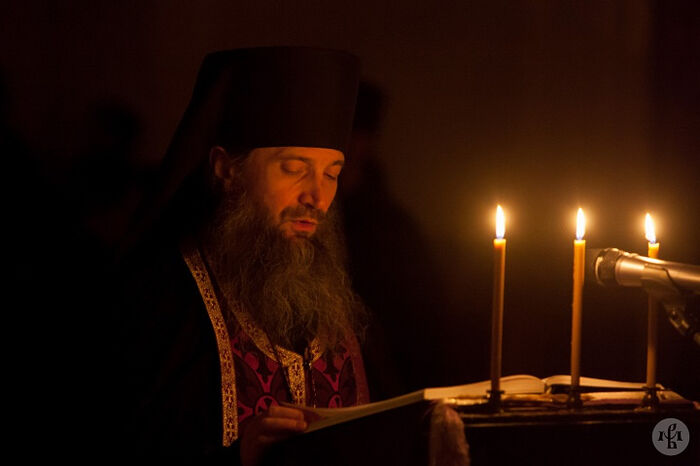
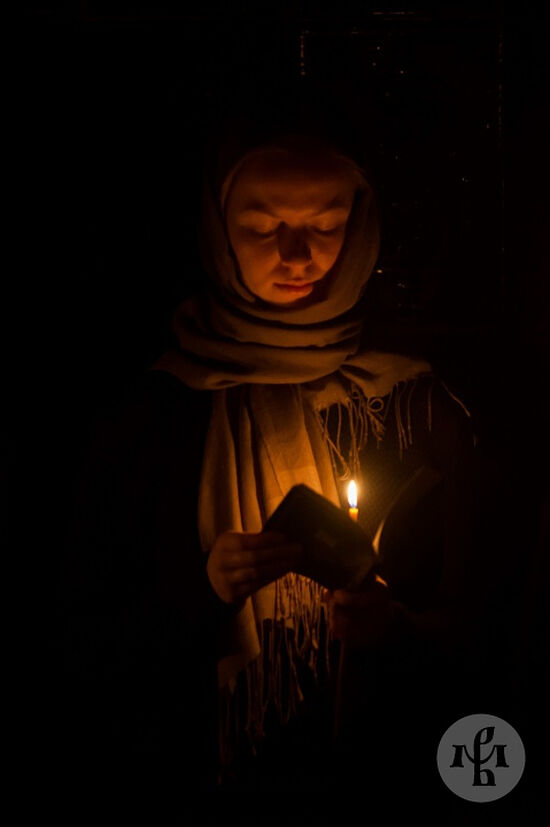
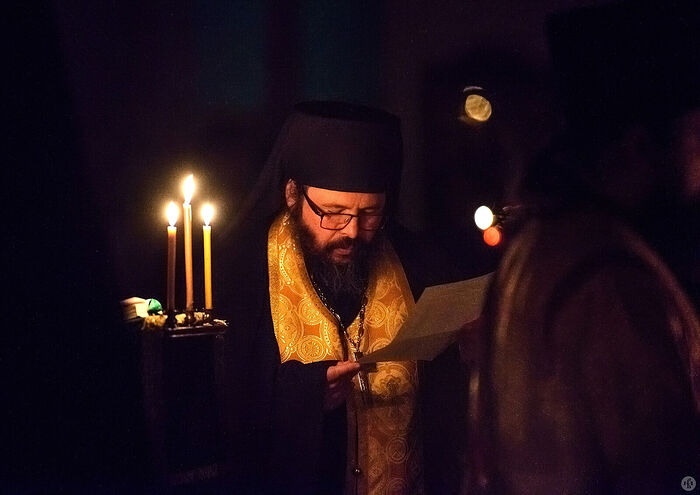
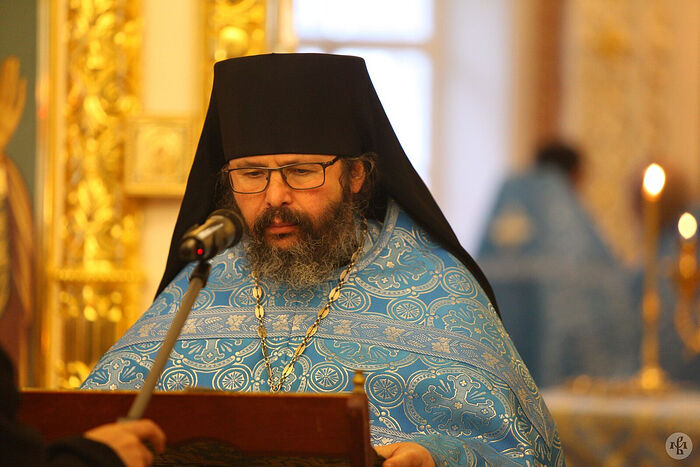
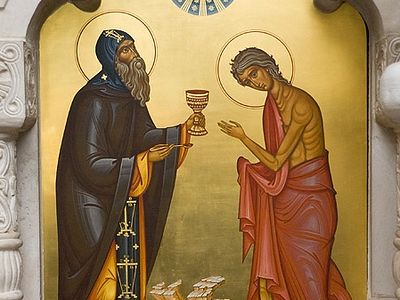 Thursday of the Great Canon, with the Life of St. Mary of EgyptOn Wednesday evening a very special service is celebrated in Orthodox churches—the Great Canon with the Life of St. Mary of Egypt. This is the only time in the year when the Great Canon of St. Andrew of Crete, which was read in four parts during the first week of Great Lent, is read in its entirety, along with the canon to St. Mary of Egypt. This canon contains every motivation toward fasting and repentance, and the Church repeats it in the fifth week in its entirety in order to inspire us with renewed strength to finish the course of the fast. The Life of St. Mary of Egypt is also read to that end—to motivate us to be attentive and repent.
Thursday of the Great Canon, with the Life of St. Mary of EgyptOn Wednesday evening a very special service is celebrated in Orthodox churches—the Great Canon with the Life of St. Mary of Egypt. This is the only time in the year when the Great Canon of St. Andrew of Crete, which was read in four parts during the first week of Great Lent, is read in its entirety, along with the canon to St. Mary of Egypt. This canon contains every motivation toward fasting and repentance, and the Church repeats it in the fifth week in its entirety in order to inspire us with renewed strength to finish the course of the fast. The Life of St. Mary of Egypt is also read to that end—to motivate us to be attentive and repent. 